In 1849, when it was originally constructed, the mile-and-a-half-long corridor of H Street was a booming business hub located just north of the U.S. Capitol and west of the National Arboretum. For the city, it became the first commercial corridor, and well known for transportation, anchored by Union Station in the west and lined with streetcars.
But a burned-out, emptied economy, with thousands of jobs lost was the reality for the H Street NE corridor after the riots that followed the assassination of Reverend Martin Luther King Jr. in 1968. Due to the war-end economy, growth of suburbs, impact of the riots, white flight following desegregation, and other financial problems, Washington D.C. experienced a major decline in population. The largest loss came in the ‘70s after the riots when more than 118,000 residents left the area.
It wasn’t until decades after that the neighborhood had a new awakening. In 2002, the Office of Planning came into the neighborhood to work with stakeholders and community leaders on “REVIVAL: The H Street NE Strategic Development Plan,” which began as part of a larger city initiative to use public actions and spending to leverage private investments on seven major corridors throughout D.C. With advancements and new opportunities the District Department of Transportation estimated there would be 3,190 new residents and 32,597 employees to the corridor by 2025. In 2016, a new trolley system was integrated into the neighborhood recalling back to the original streetcar days of the corridors’ birth.
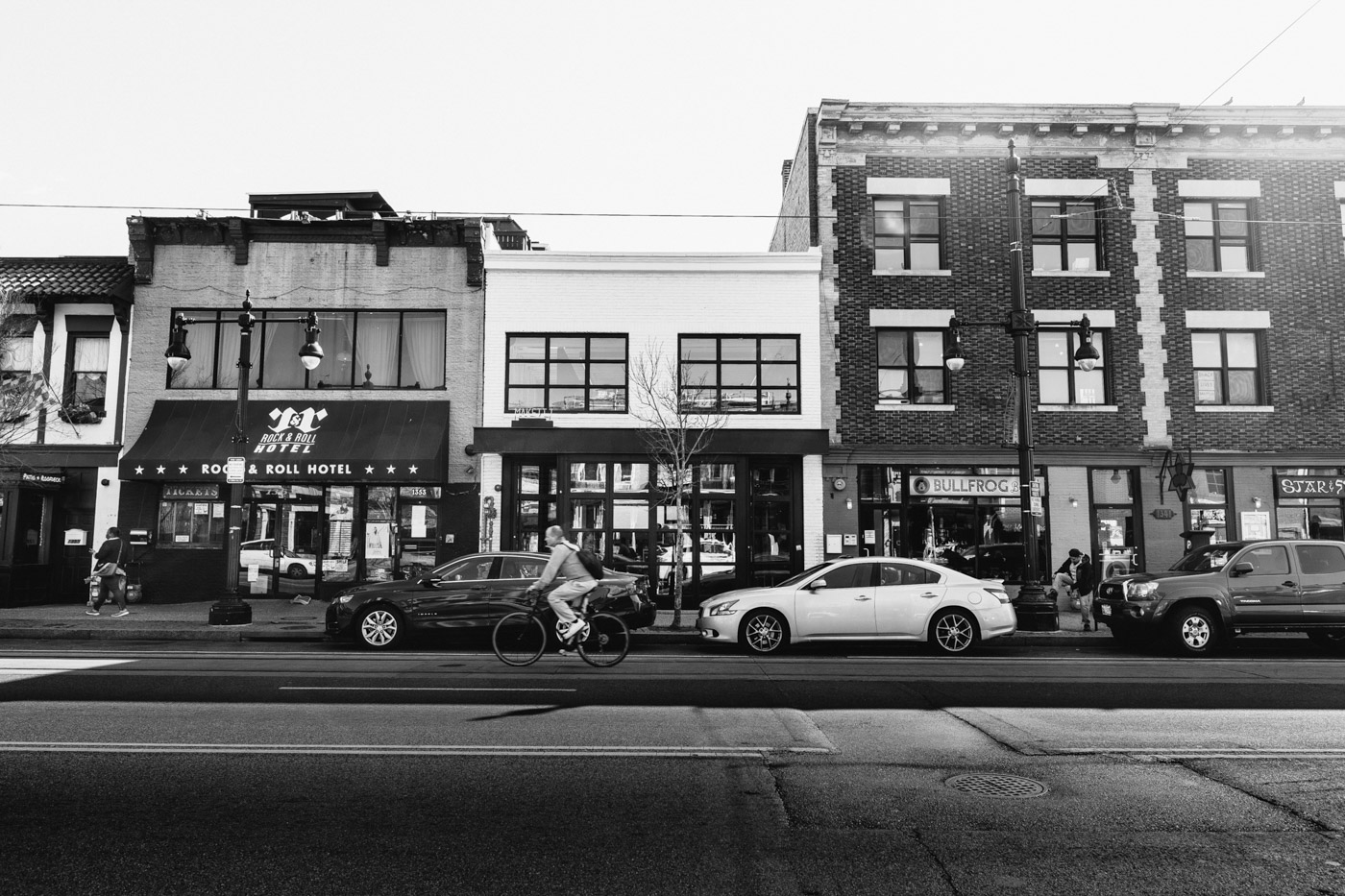
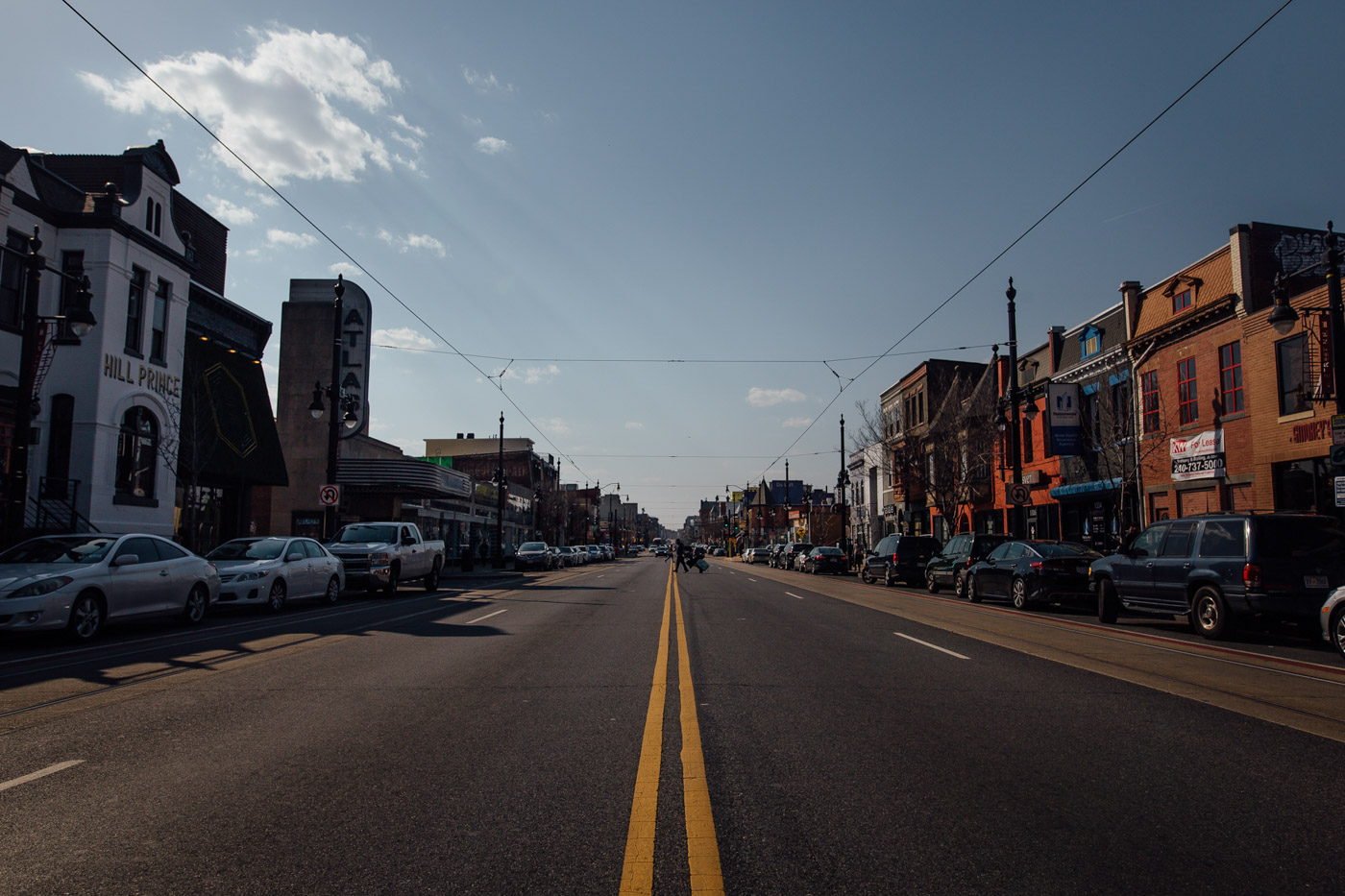
With so much focus on change to H Street in the last decade, the food community of D.C. saw an opportunity, and today a food revolution is in full swing along the corridor. Celebrated chefs have been quickly taking stock of the corridor. Erik Bruner-Yang, a James Beard nominee, who recently collaborated with Shake Shack and sweetgreen, has been cultivating style and culture along H Street for more than half a decade. Bruner-Yang opened Toki Underground in April 2011 as one of the city’s first critically-acclaimed ramen establishments. In 2015, he opened the doors to his next H Street hit, Maketto, a unique Cambodian and Taiwanese inspired restaurant/retail/coffee bar that collaborates with local artists and businesses. Now he’s mentoring his friend and former Maketto chef, Hiro Mitsui, during the early stages of Mitsui’s first business: Conbini Cafe by UZU, a Japanese joint tucked in back of Shopkeepers showroom along Florida Avenue, just a few blocks off H Street.
While the new changes haven’t gone without concern of long-time residents, chefs like Bruner-Yang and Mitsui are committed to adding flavor and creating opportunities for new artists, all the while staying loyal to the H Street neighborhood. I sat down with Bruner-Yang and Mitsui to have a conversation about the corridor over the last decade, and what the future of H Street might hold.
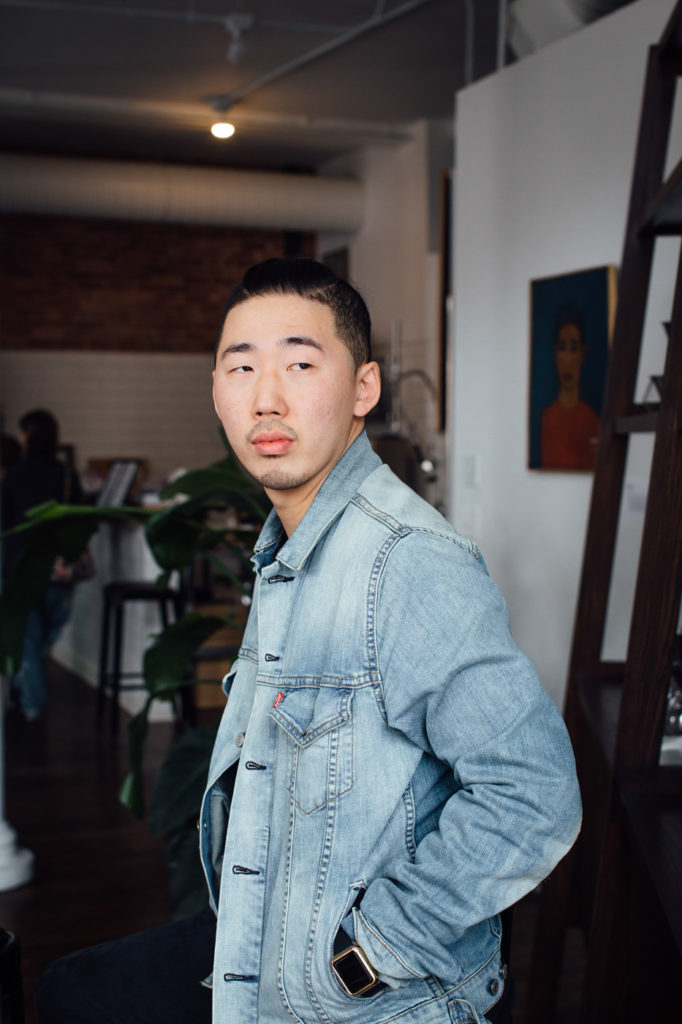
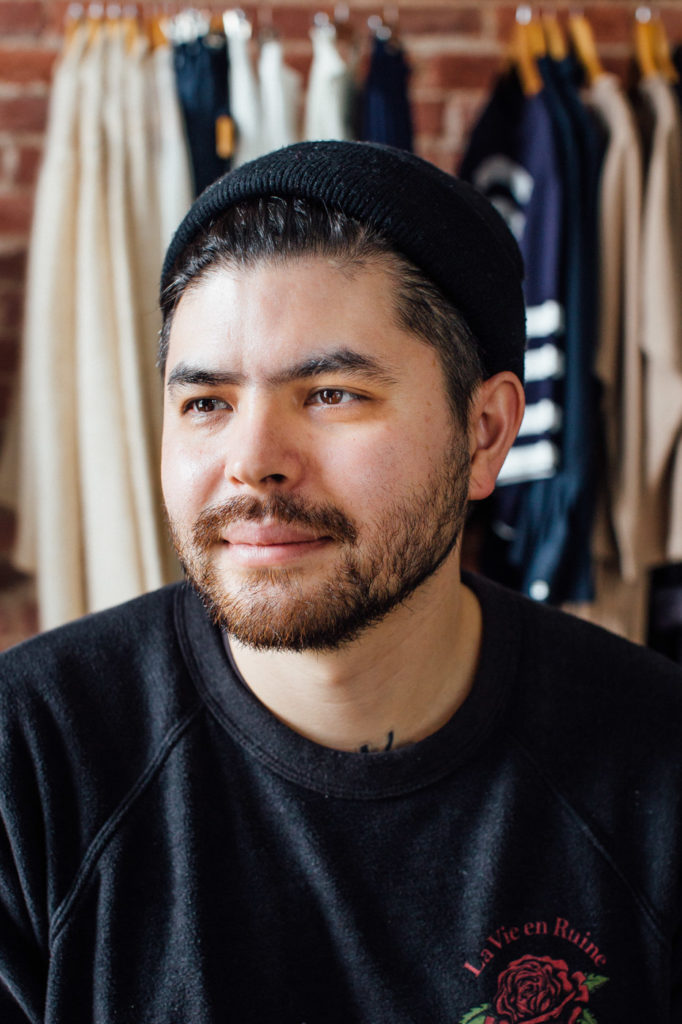
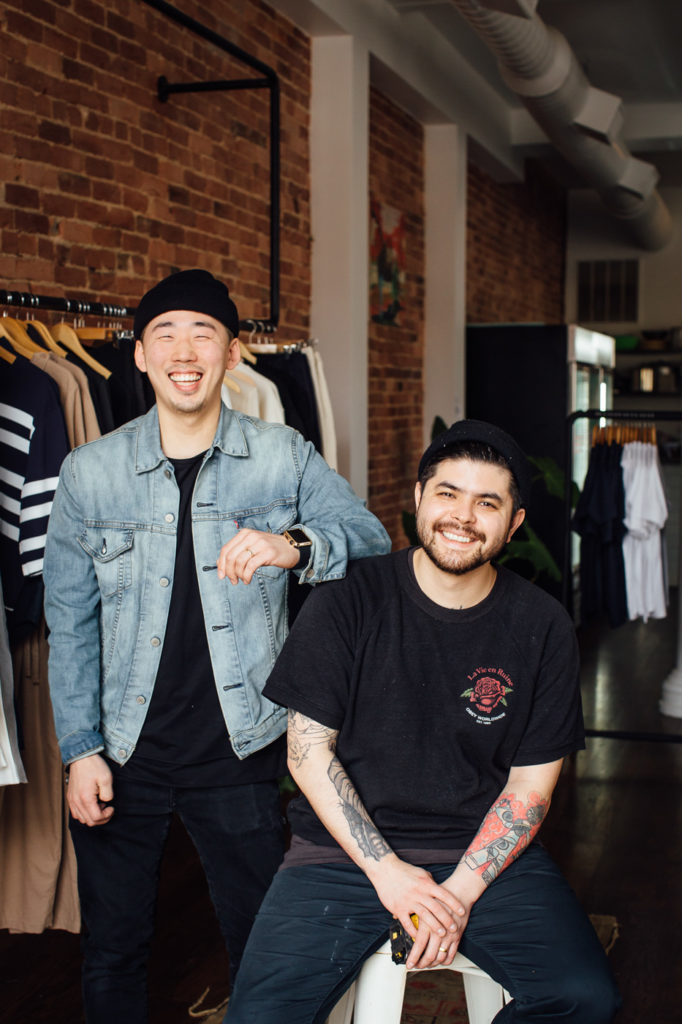
Tell me how you two started collaborating together.
Erik Bruner-Yang: I met Hiro in 2012; he responded to a hiring advertisement. He was working at Sushi AOI, and was actually the first Japanese person who ever applied at Toki, so we were very excited. He started working right away. That was five years ago.
Erik, tell me about your first endeavor on H Street.
EBY: I opened a Sticky Rice here on H Street in 2007 as their general manager. In between 2007 and 2011 I worked at a lot of places on H Street, and then opened Toki in 2011. I moved specifically to take the Sticky Rice job. I was living in Fredericksburg, Virginia, at the time and I had just finished college.
What was the neighborhood like when you moved here?
EBY: It was definitely still a nighttime destination—clubs, couple of dive bars, couple of regular bars. Rock n Roll Hotel opened at that time, but there were only like six or seven businesses and people were only coming on the weekends. It was a place where cool bars opened because the rent was cheap.
Hiro, how did the community and neighborhood impact your journey to the kitchen?
Hiro Mitsui: I started at Toki in 2012—so many people from this neighborhood loved that spot. I started at Toki because I just wanted to eat ramen; I wasn’t even thinking about money or anything. Ramen was a big part of my life because I ate ramen so many times back in Japan—almost every single night.
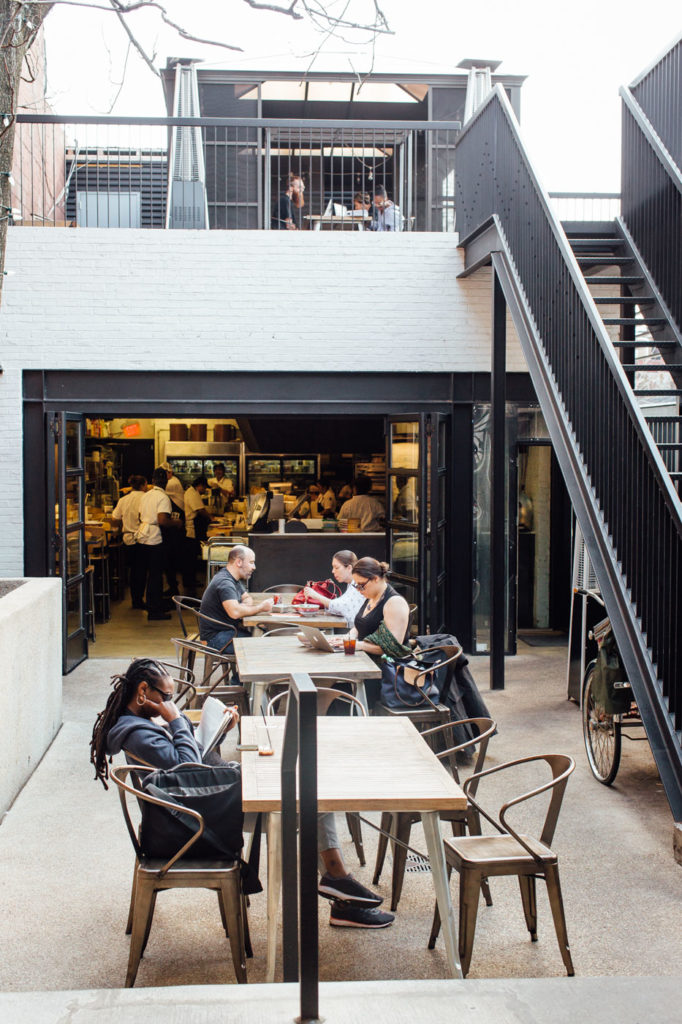
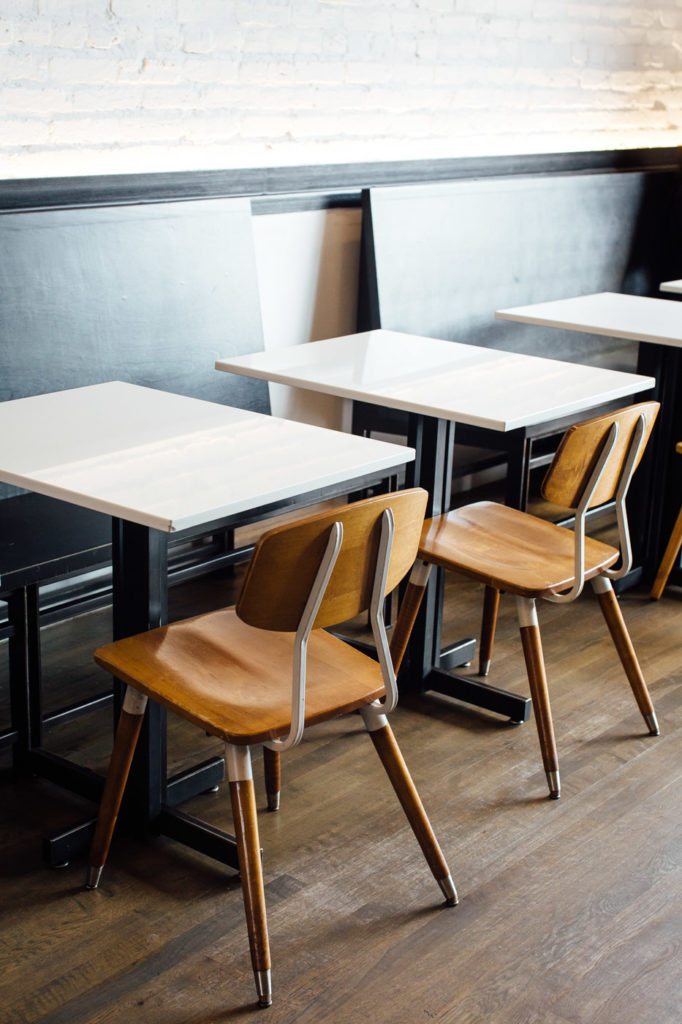
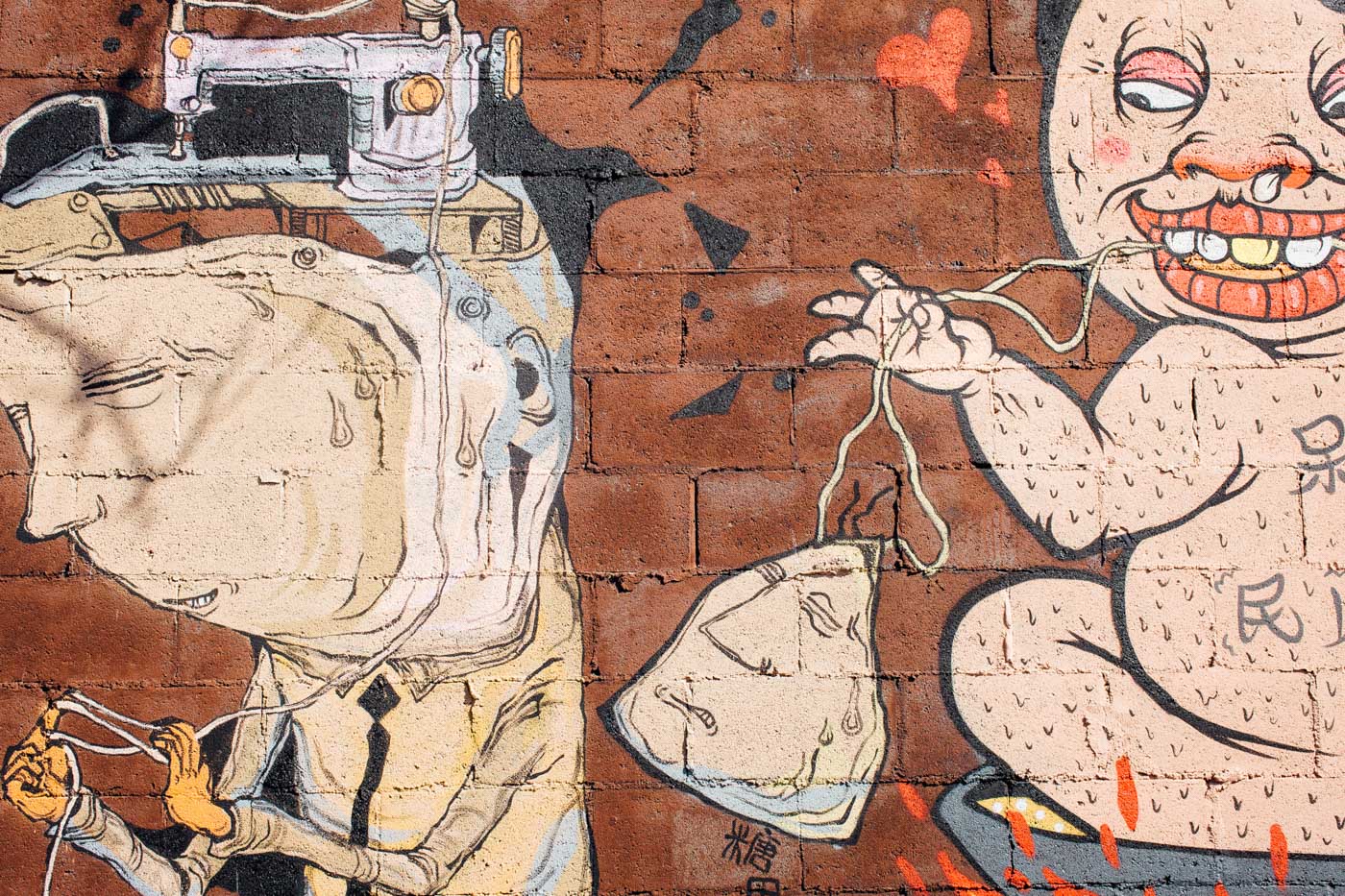
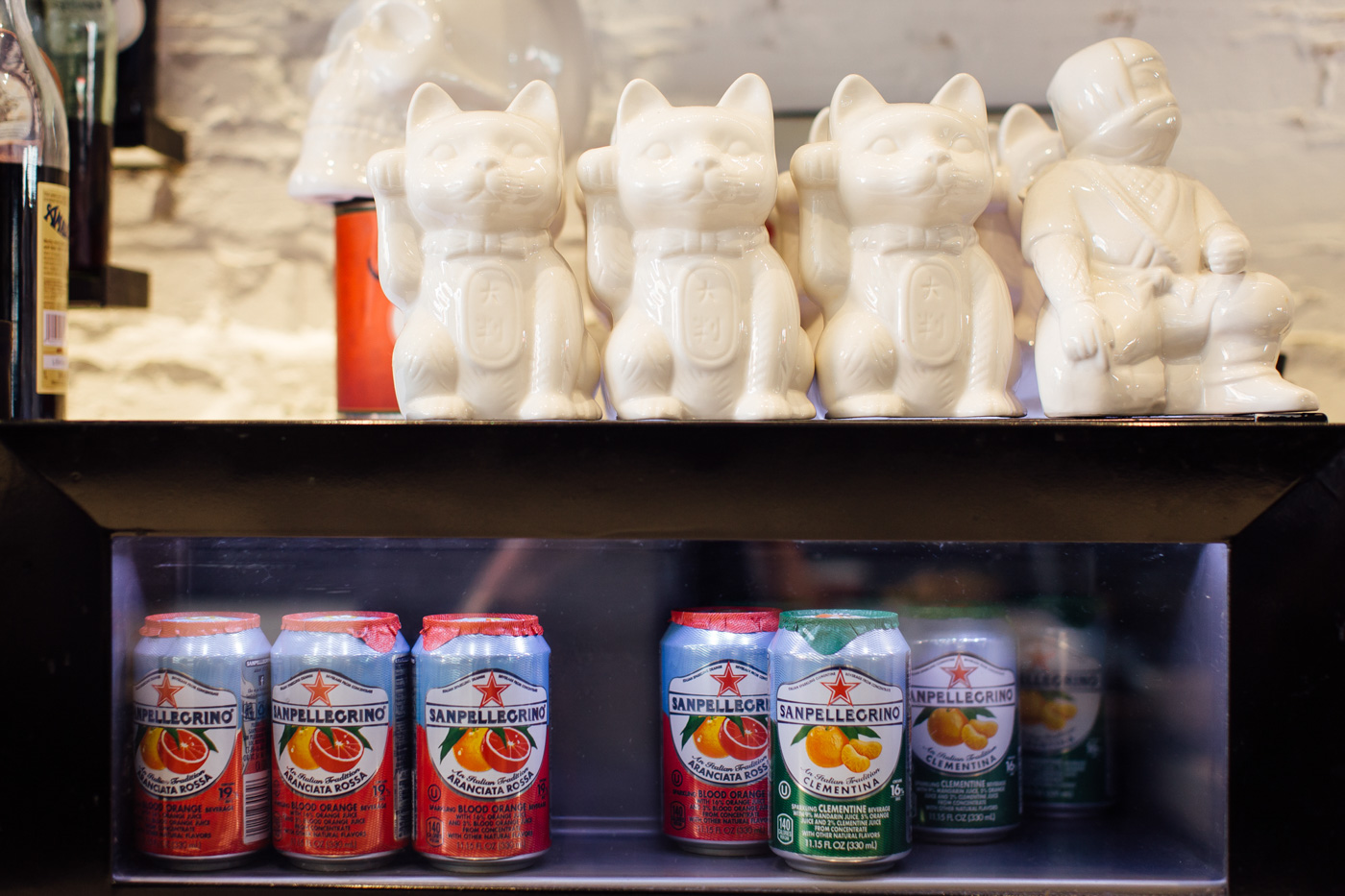
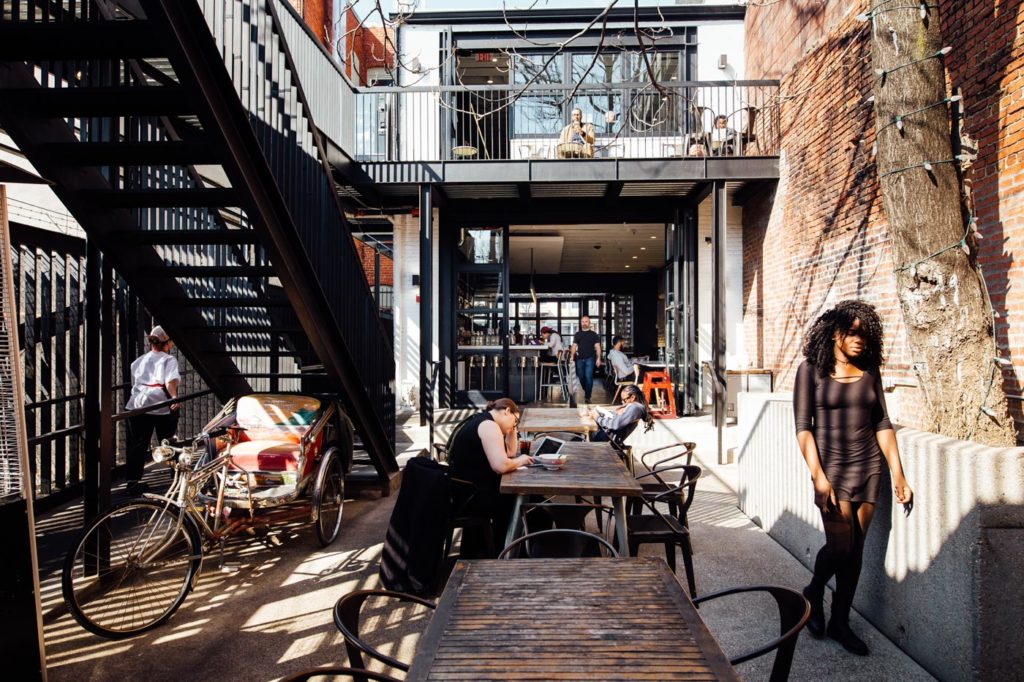
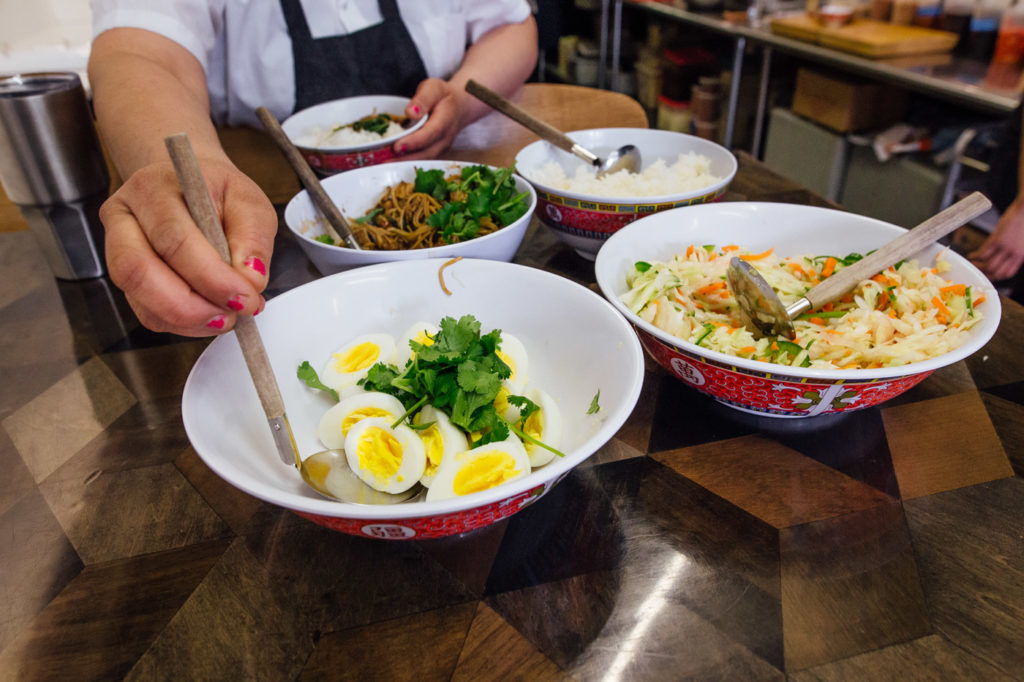
What were some of the changes you’ve seen on H Street through the years?
HM: The big change, of course, was Maketto. So many restaurants—good restaurants—started building on H Street after Maketto. I’ve seen so many changes in a good way. I think H street is really interesting. There are so many people living together; it doesn’t really matter your race or your age.
Do you see a lot of the same people? Or because D.C. is such a transient city, do you see an influx of new people all the time?
HM: Both, I think.
EBY: I’ve been here for a decade now, and there are a lot of people who I used to serve, like dudes who sat at my bar who would just drink all day, who still live here and are married with kids now. There are a lot of people who have moved in and out because of the rent. There are a lot of people who I’m used to seeing who are gone—either they sold their home or lost their home.
All these little spots on the strip have closed. H Street is real hit or miss right now. It’s a little bit of what it was. It’s kind of moving in a different direction, but at a snail’s pace right now. It’s in development purgatory.
Is there a reason why?
EBY: There are no offices here, which is good and bad. Because there are no offices, there’s no desire for all these chains to come in and just take over because there’s no traffic. Also, concepts like Maketto that would do better in other locations because of traffic could use that additional traffic. There’s no metro. Unless D.C. invests in building weekday office traffic here, it’s always going to be in development purgatory.
Have you seen success in Maketto on H Street?
EBY: It’s very obvious if I opened it on 14th Street or Dupont it would be crazy, you know? But it was important for us to do it here because it’s nice for H Street to have something—I’m kind of speaking for the neighborhood at large—but a nice place to go that is hopefully inviting to anybody.
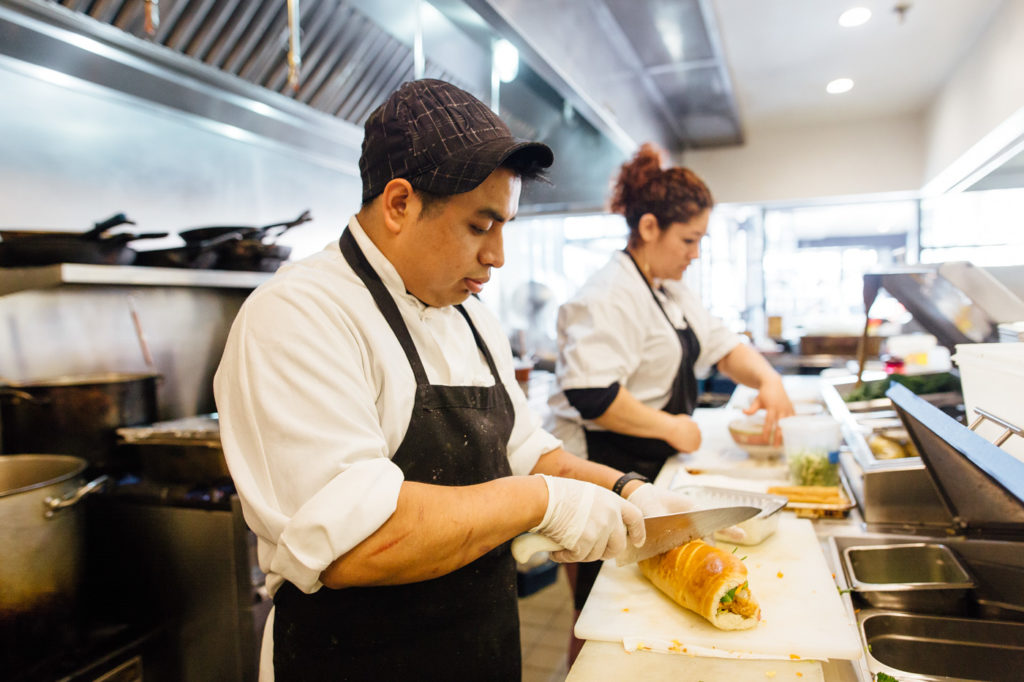
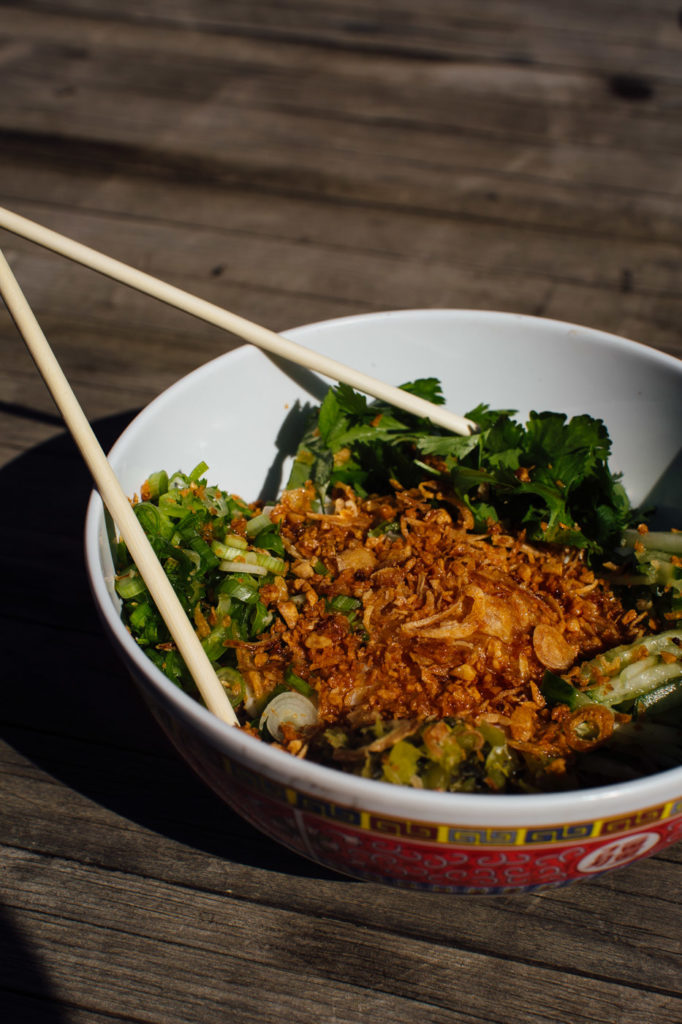
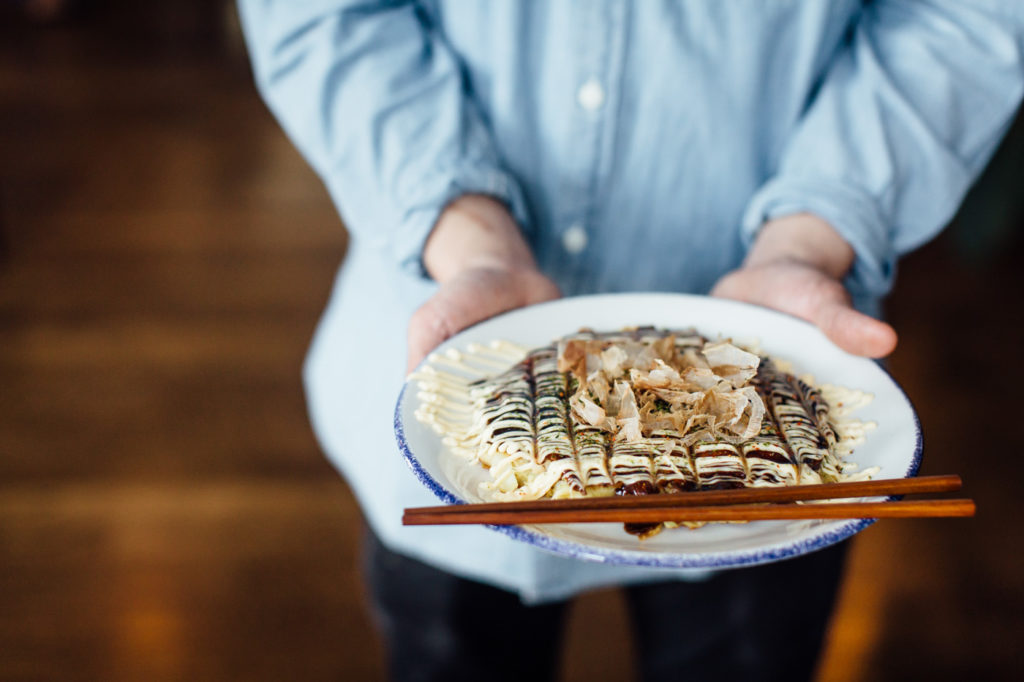
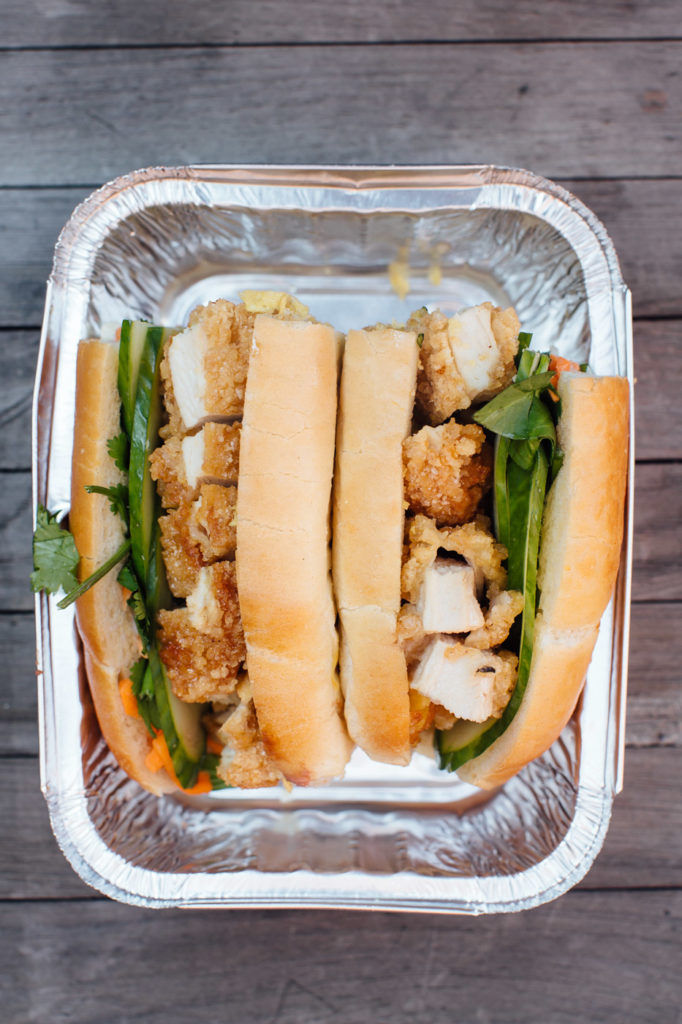
What were some of the challenges in building Conbini, Maketto and Toki?
HM: I just opened and I’m still trying to figure out what these people want to eat, but at the same time I want to have something specific. My food is Japanese comfort food and I hope people like that. Some people who used to live in Japan are from this neighborhood. They talk to me and say, “Hey is your curry rice real?” I’m like “Yes, I was born in Japan. I’m from Japan. This is basically my mom’s recipe.” Hopefully I can be a really good corner store for them—a place where people can hang out and relax. That’s my goal.
EBY: When you have a startup it’s balancing your personal life and your work life, paying yourself, not paying yourself, paying your bills, not paying your bills. I’ve been trying to ease him into that pain a little bit because I know what that’s like. But at the same time [I’m] kind of mentoring Hiro; he has to feel that burden too at some point, because it’s too easy if there’s a cushion, you know? The rest for us, it’s just growing pains as we scale and get larger, and figure out how we integrate people and how we don’t integrate people, and how we grow or choose not to grow.
What inspired the concept for Maketto?
EBY: The concept for Maketto seems pretty adventurous or new here in the space, but they’re all over the world and usually in major markets like Paris, Tokyo or New York City where real estate is really expensive and you get a couple of entrepreneurs who just rent out portions of a larger space. In Paris, the two most famous stores for that is Colette and Merci. We really liked a store in Osaka called BioTop that was doing it and New York has Saturdays Surf, and the new Kith store is doing an ice cream shop in it. Now it’s just because retailers are trying to get you to stay in the store for longer periods of time. That’s going to be the next five years—Urban Outfitters bought a pizza company.
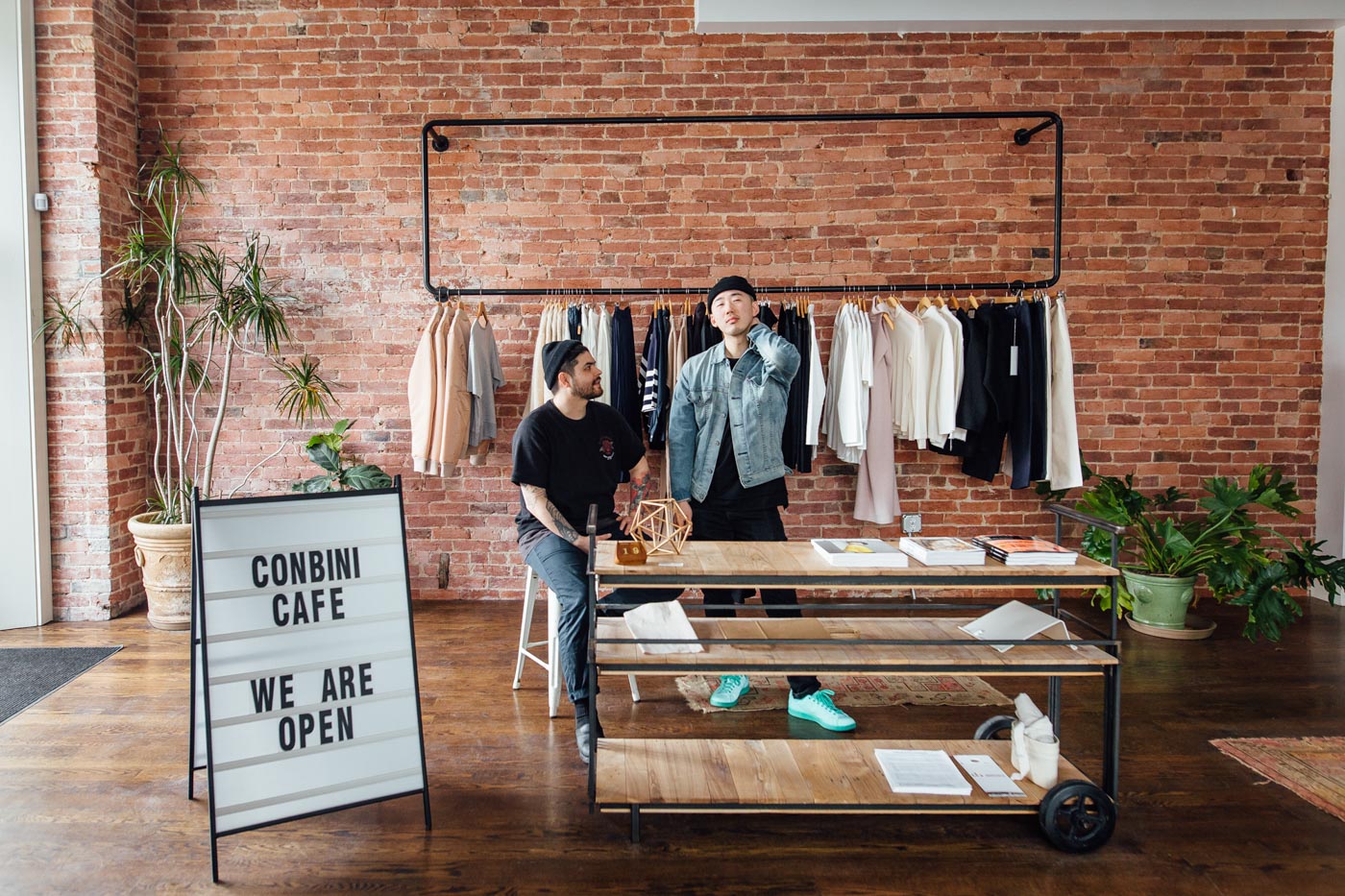

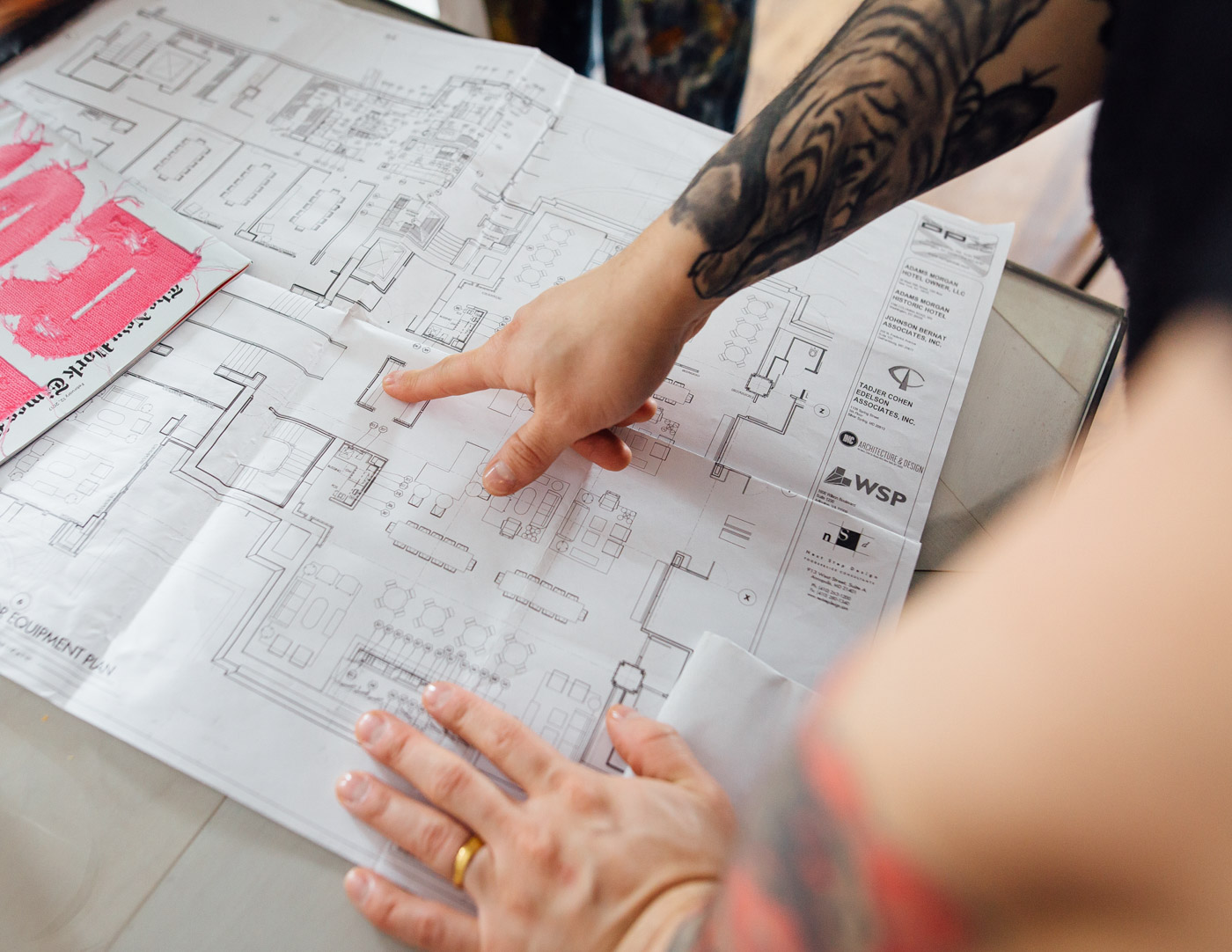
Were you nervous bringing it to this neighborhood?
EBY: No, because I knew the neighborhood. I knew how much money we were making at Toki. Toki was at capacity and I knew that meant there’s a market to do something else; there were plenty of people coming. When Maketto opened, there weren’t as many good dinner options and there are some more now. Toki and Maketto were basically the lunch traffic in this neighborhood, so we knew it was feasible. For the retail we don’t really know, but H Street has the history of being this amazing retail corridor and it surprisingly isn’t considering there are not many streets that have 14 continuous walkable blocks. That’s something the city hasn’t managed to figure out here yet, or other entrepreneurs. It’s like 15 blocks of uninterrupted storefront, which could be something really spectacular with actual sidewalks.
You’re launching a restaurant called Brothers and Sisters at The Line Hotel in Adams Morgan soon. Are you planning on expanding throughout D.C.?
EBY: My general plan post-hotel is to take a chill for a bit. We open other things for two reasons: our main reason is always for the art of opening something, so it has to have some type of artistic intrinsic value to me that makes it interesting. So if it loses a ton of money, it’s fulfilling in some sense. And now that I have kids, I actually need to make money, so the hotel should satisfy both of those needs. I don’t want to be opening restaurants just to open restaurants. I don’t need too much to be happy. If the core of the team is doing well, then I’m doing well.
Do you see yourself opening up more cafés?
HM: Yes, but I don’t know if I can say right now. I just want to focus on this place and this neighborhood, but yeah of course I have a goal.
EBY: Hiro started as a core team member, right? And now he’s branched off into his own small business, but we are still on the same team. We talk about new concepts and new ideas. Maybe moving forward, it’s not about what restaurants that I want to open, but restaurants other team members want to open and those platforms.
What do you think H Street will look like in ten years?
EBY: The same. Things have clearly changed in 10 years and it’s going to be more filled out, but these houses will still be here. Ten years is not a long time. In 10 years we got a train running through the street and a ton of condominiums, but they’re not full and the train hasn’t brought more business in general. Maybe in 10 years those get more full. Like I said, unless the city builds office buildings down here it will be the same.





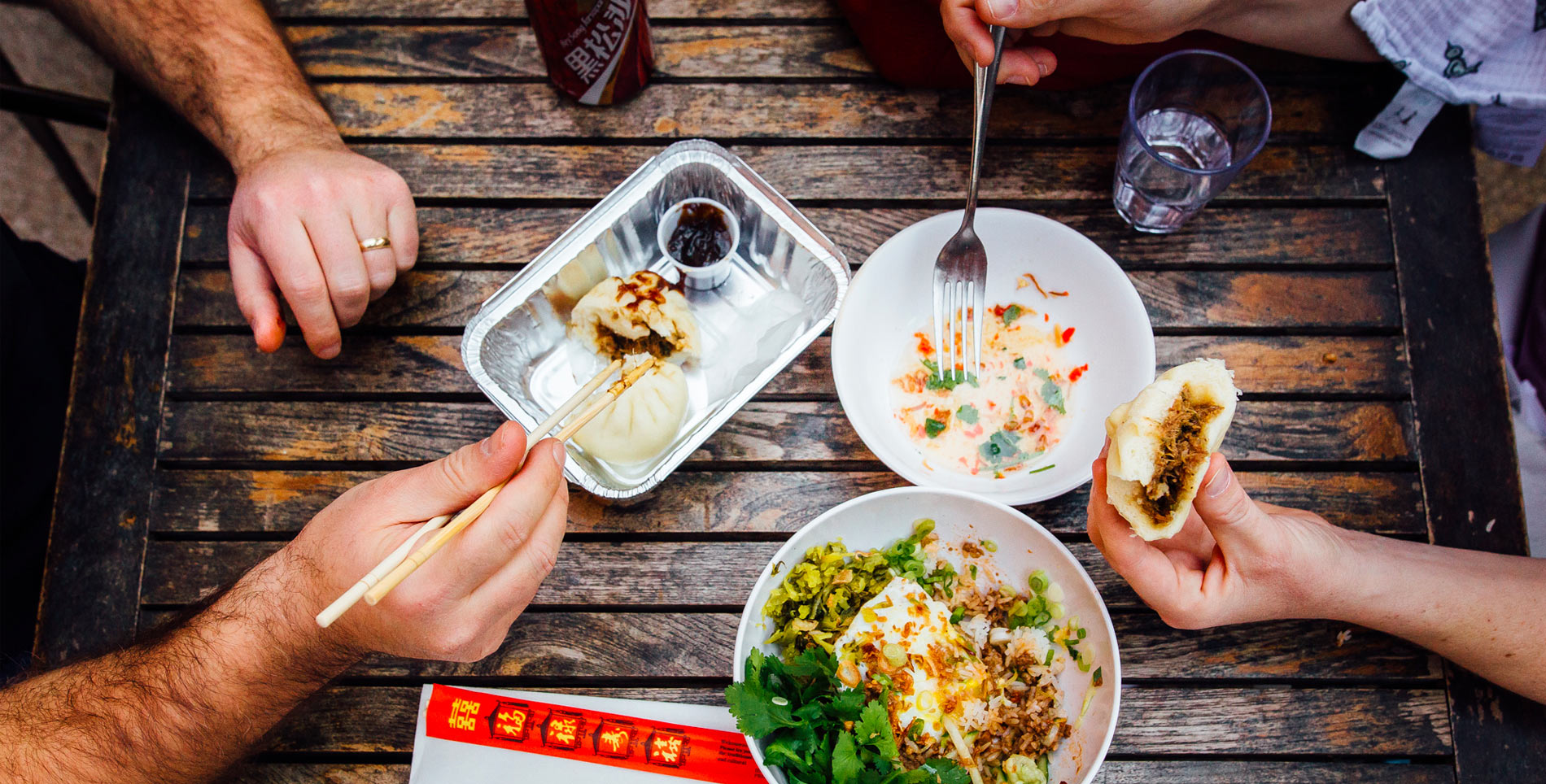

Our comments section is for members only.
Join today to gain exclusive access.